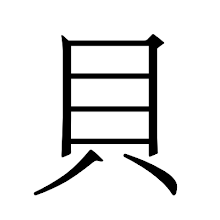Enter: Reflexive Verbs
Don't like reading ?
How about disco?
What?:
1. A reflexive verb has the same performer and target, it's what you do to yourself.
2. "A verb is reflexive when the subject and the object are the same."
3 Reflexive verbs indicate that the subject of the sentence has performed an action on itself.
4 Reflexive verbs usually have to do with parts of the body, clothing, or one's state of mind.
aburrirse - to become bored
ducharse - to take a shower
ponerse - to put on (clothes)
Oh, look....It seems that reflexive verbs all end in "-se" and before the "se" an "-er", "-ir", or "-ar" may be found. while this may or may not always be true it seems to be overwhelmingly true from what I've seen.
So....How do we do reflexive verbs?
On this I'm still a bit fuzzy....But here are my thoughts on the matter
The Spanish reflexive verb can be divided into 4 parts
the subject pronoun + root + normal ending + reflexive ending
tú + aburr + ir + se
To conjugate it we must know what the reflexive pronouns are, these correspond to the subject pronouns generally introduced early on.
| Reflexive Me (myself) te (yourself) se (himself, herself) nos/vos (ourselves) os (yourselves) | Subject/personal Yo (I) tú (you) él (he)/ella (she) nosotros/Vosotros (we) ellos (they)/ellas (they) |
1. So in our example of "tú aburrirse" we know we're using "yourself" or "you".
2. After this is known we drop the se(reflexive ending) at the end to get "tú aburrir".
3. Then we conjugate aburrir to it's "tú" form to get "tu aburres".
4. Then we turn the "tú" into it's reflexive counterpart "te" to get "te aburres".
You do the rest, I'm tired.




No comments:
Post a Comment